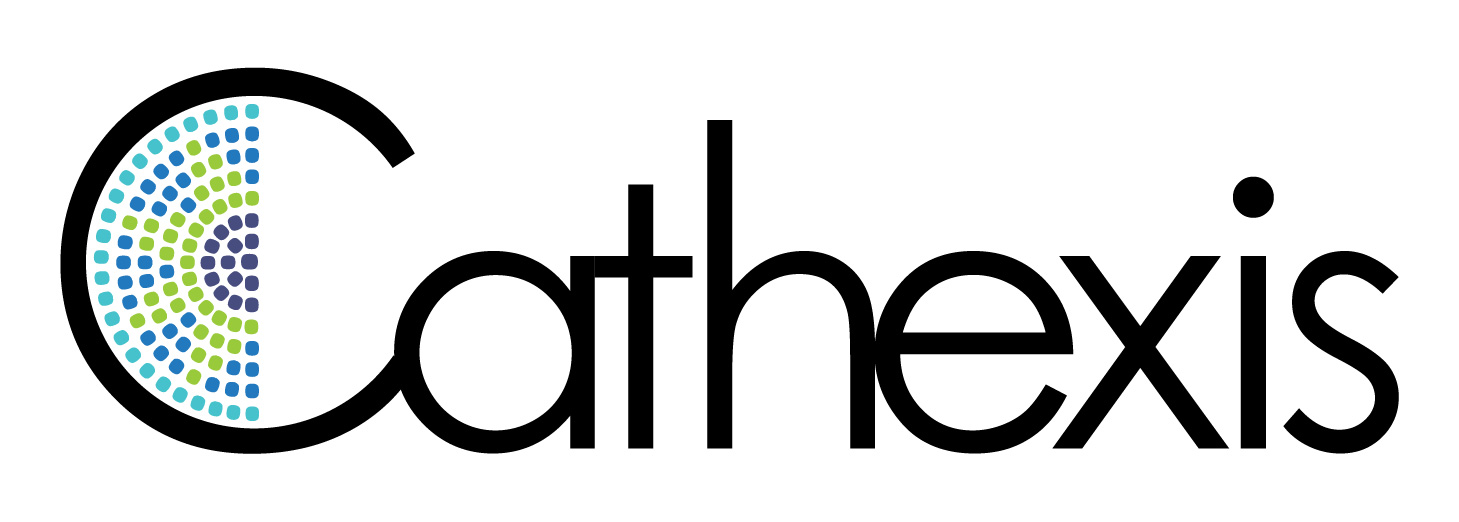The Cathexis team is always looking for ways to make evaluation a force for equity. We are excited to share one small outcome of this focus: an affirming way to ask survey respondents about gender!

Here are some tips for your next survey:
- Don’t confuse sex and gender in your data! Broadly speaking, sex refers to a person’s biological attributes at birth, and is usually characterized by ‘male’, ‘female’, or ‘intersex’. The demographic information evaluators usually want to know is gender identity, which is how people see themselves. This is separate from gender expression, which is how a person outwardly expresses their gender identity.
- Don’t ask respondents to lump themselves into an “other” category! It is dehumanizing for someone to not see their gender identity reflected in filling out a survey, and even more so if they are only offered ‘man’, ‘woman’, or ‘other’.
- Give as many options as possible, even if you won’t be able to analyze the data at that level! Our team struggled with this at first – we work hard to avoid collecting unnecessary data, especially data that may be sensitive. We realized that for many people, filling out a survey question about gender where they see their identity reflected can be an affirming process, and this is important.
- A sample question about gender might look like:
- What is your gender identity? Please select all that apply:
-
- Woman
- Man
- Non-binary, gender queer, or gender expansive
- Two-Spirit
- My gender identity is not reflected here. I am: ________________
- I prefer not to answer
-
- What is your gender identity? Please select all that apply:
Final tip: you may also want to collect additional information on whether respondents are trans or cisgender. A cisgender person is someone whose gender identity matches the sex assigned to them at birth. A transgender, transmasculine, or transfeminine person is someone whose gender identity does not align with the sex they were assigned at birth.
Think carefully about the purpose of collecting this data, and whether respondents will feel comfortable providing it. These questions should generally be kept separate. Questions about sexual orientation should similarly be carefully considered, and asked separately, if at all.
